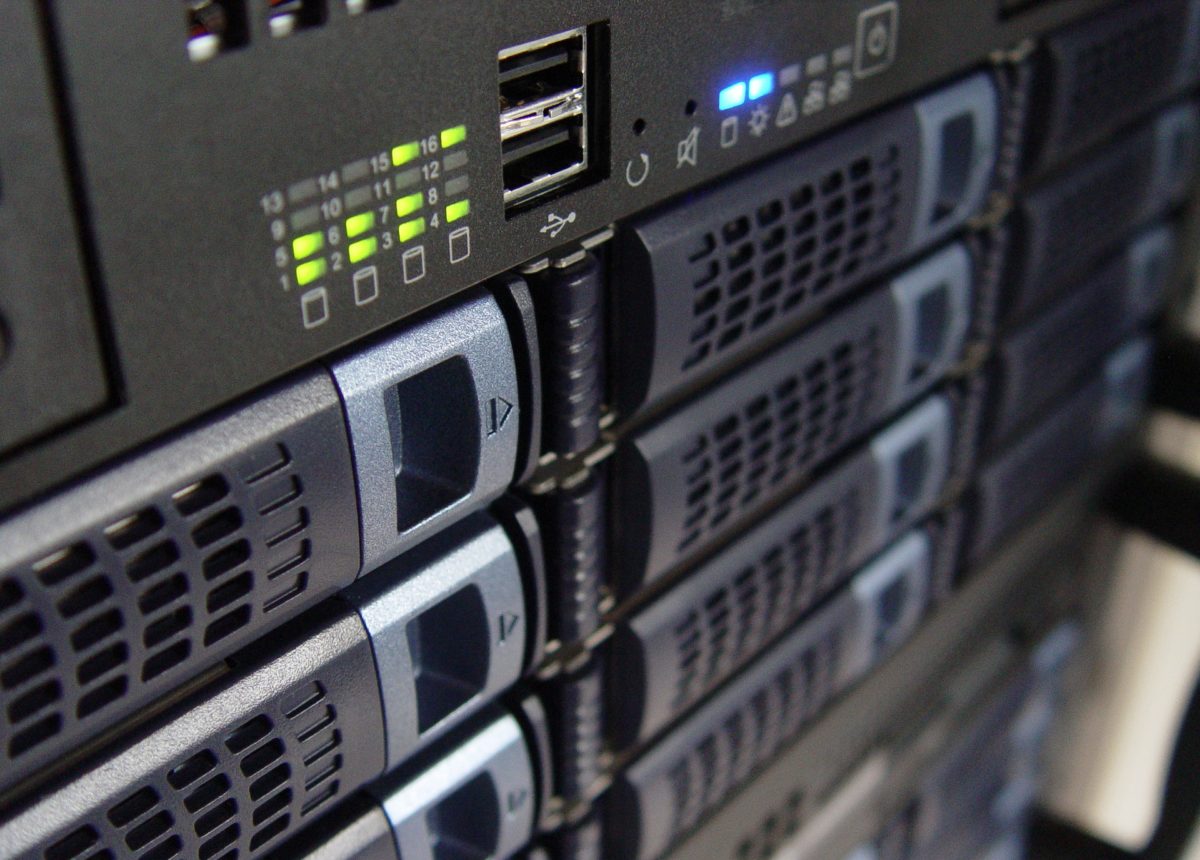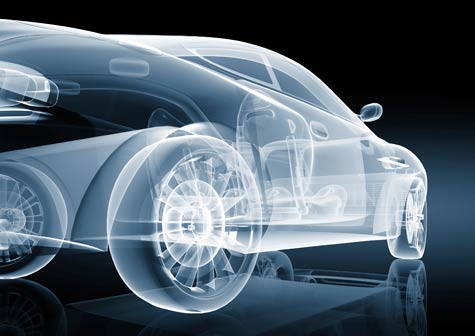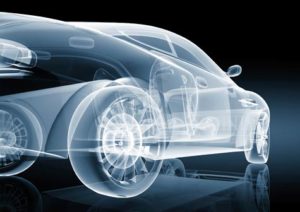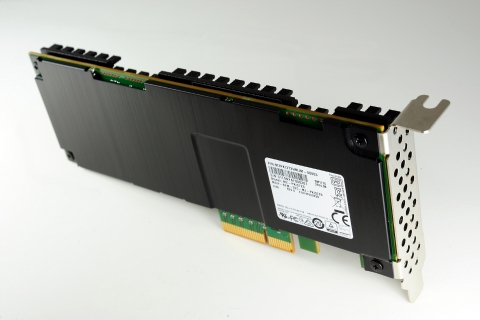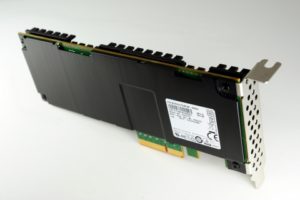Cloud Computing sounds complicated if you totally have no idea what it is about. You might initially think it is something related to the weather. But for starters, it is not. It has absolutely nothing to do with actual clouds or meteorology in general. So exactly what is Cloud Computing?
Cloud computing is storing and accessing data and programs over the internet. To put it simply, Cloud Computing is a model of delivering computing services over the internet. The internet is a metaphorical cloud here, hence the name “Cloud Computing.” These computing services include servers, storage, databases, analytics, software, and networking among others.
We are all very used to having a hard drive. This is where we save files to or look for our photos. However, Cloud Computing is not about your hard drive. In fact, you don’t really need much of a hard drive at all. You do not run programs or store data on your hard drive with Cloud Computing. The internet is where you will do those things instead.
It is a platform for SaaS
Another answer to the question “What is Cloud Computing?” is it also serves as a platform for Software-as-a-Service or SaaS. Cloud providers manage the infrastructure that run these applications. Instead of installing and operating software on your hard drive, cloud providers will perform those tasks on the cloud and cloud users can then access those software from cloud clients. All the work for these programs is done on a server someplace far away.
Because cloud users do not manage the infrastructure and platform where these applications are being run, maintenance and support from the users’ end get more simplified and less complicated. It also means less costs for you because Saas is an on-demand software. Cloud computing is either priced on a pay-per-use basis or through a subscription fee.
It is a storage and backup for your data
Aside from being a platform for SaaS, Cloud Computing can also host Infrastructure-as-a-service or IaaS. With IaaS, computing infrastructure becomes virtual. Physical computing resources such as location, data partitioning, scaling, security, and backup are eliminated.
Through Cloud Computing, you can store and back up your data without using your hard drive. This means you no longer have to be physically near your data in order to access it. You just simply need the internet if you want to access or recover any file or piece of data. This also means you no longer have to keep on purchasing hard drives if your volume of data keeps on mounting up.
It is a PaaS
If you still find yourself asking “What is Cloud Computing?”, the answer is it is also a host for Platform-as-a-service or PaaS. Cloud Computing provides a platform for its users to develop, run, and manage applications. You can launch your own applications sans the complexities and difficulties of building and maintaining the infrastructures that are usually required in application development.
Through Cloud Computing, PaaS can provide you the servers, storage, network, and databases needed to develop an app. It makes it easier and simpler for users to create and manage their own apps.
Now that you know what Cloud Computing is, you might even realize that you have been using or doing it already. You were just probably unaware what it was called as such. Cloud computing is not really as puzzling as it sounds. In fact, it even makes using and maintaining computers and other gadgets less complicated.
